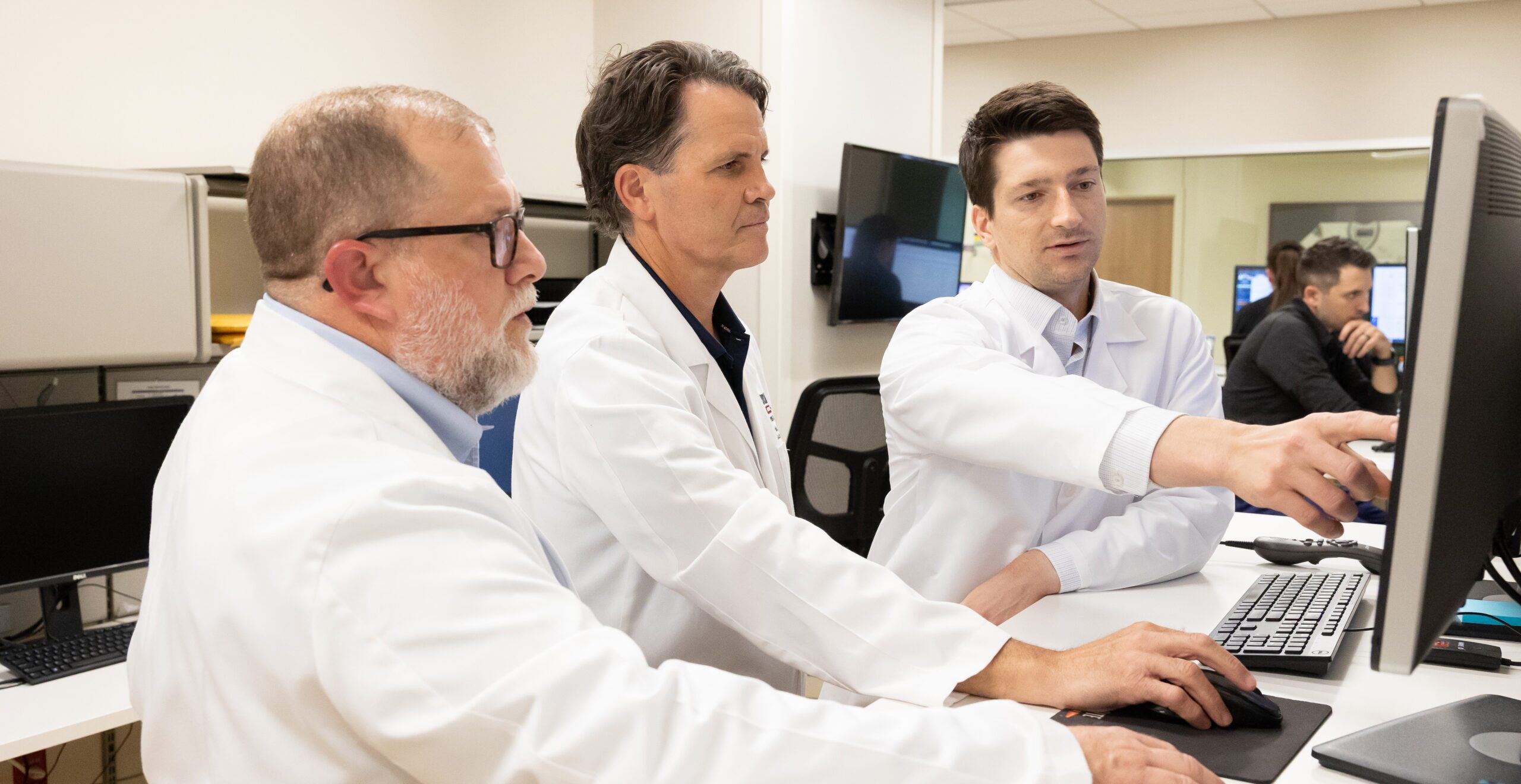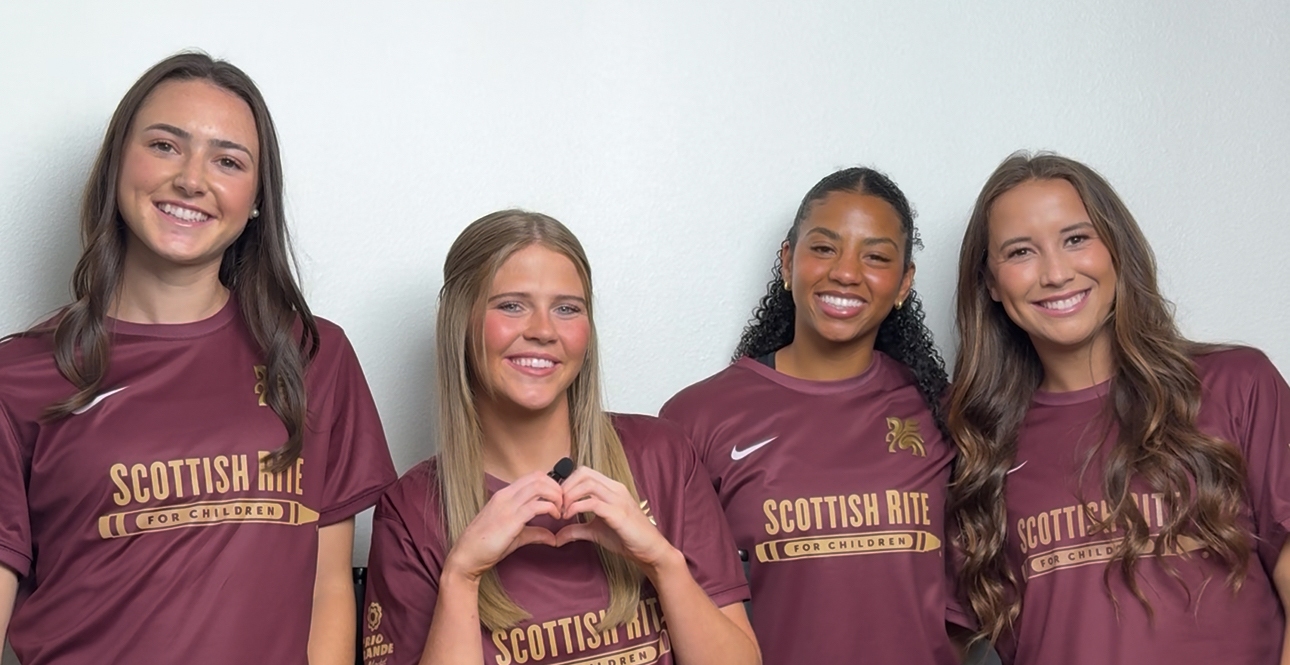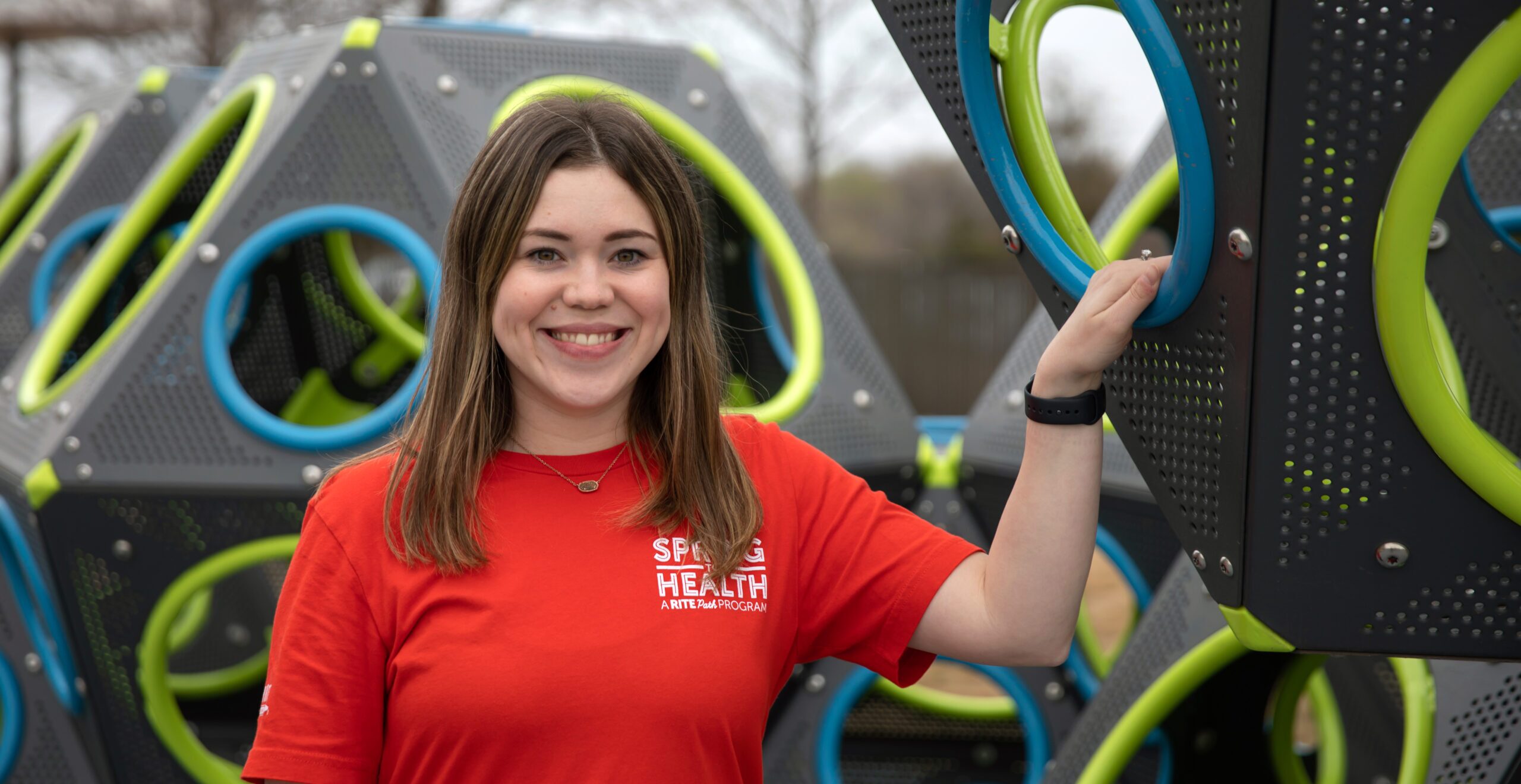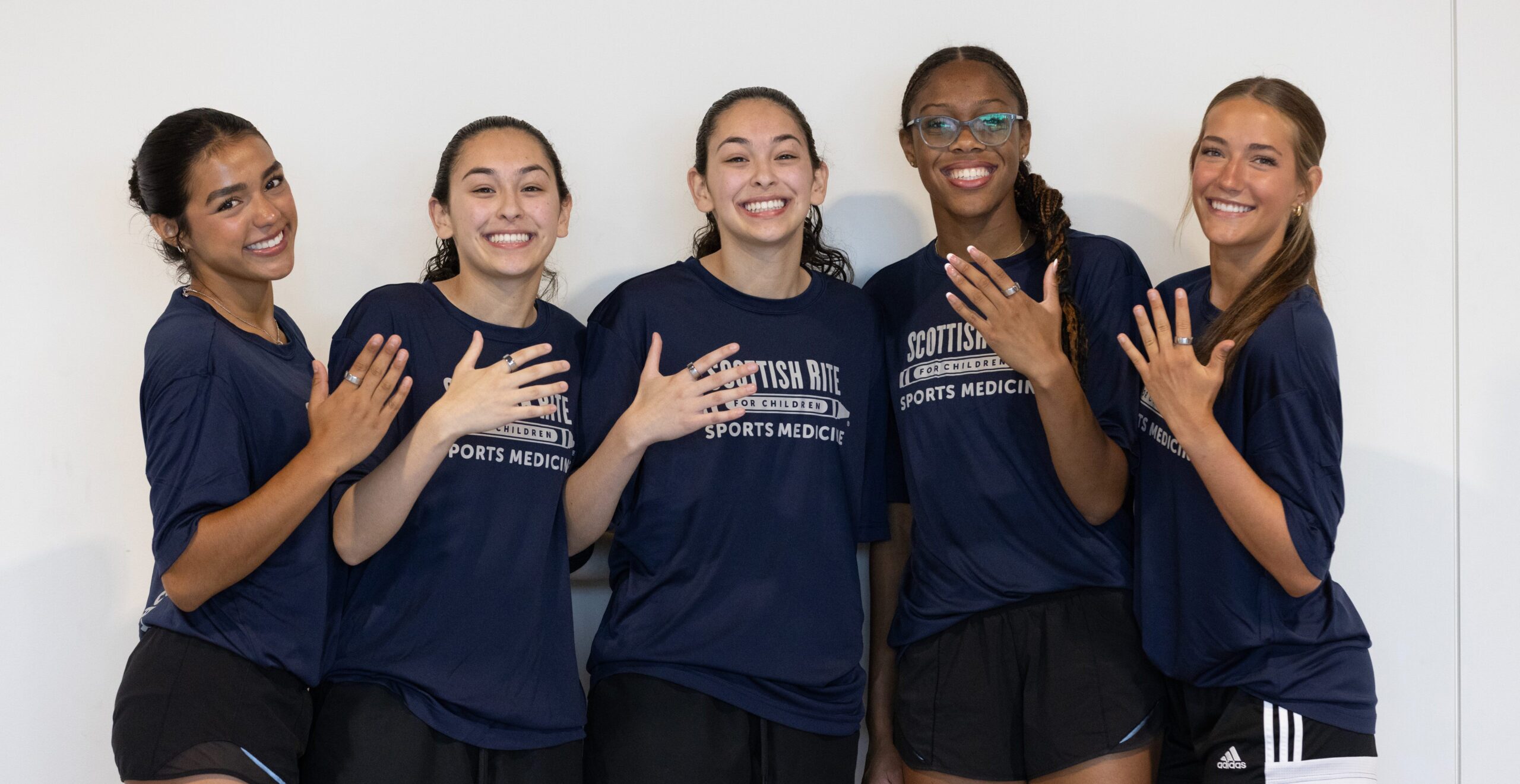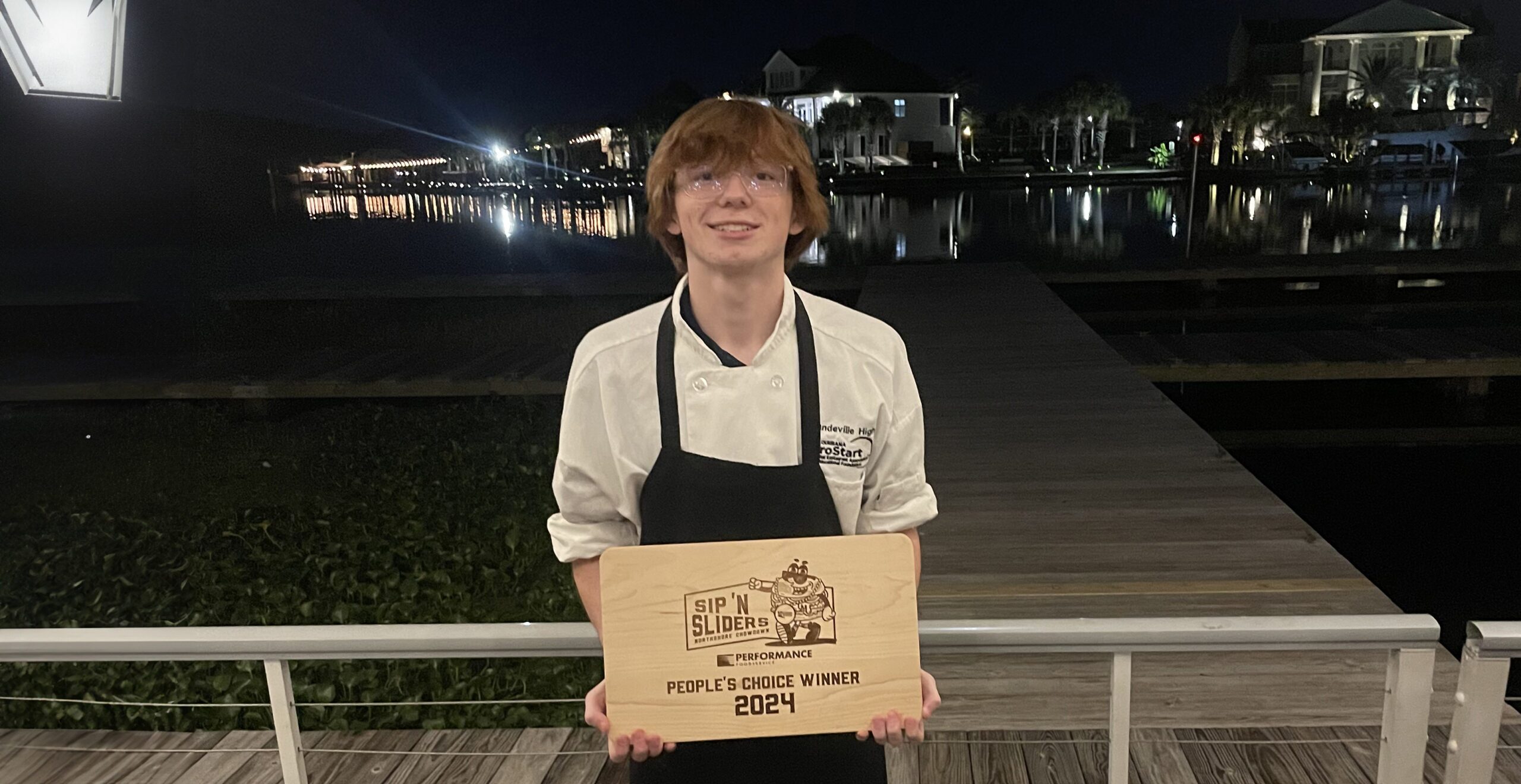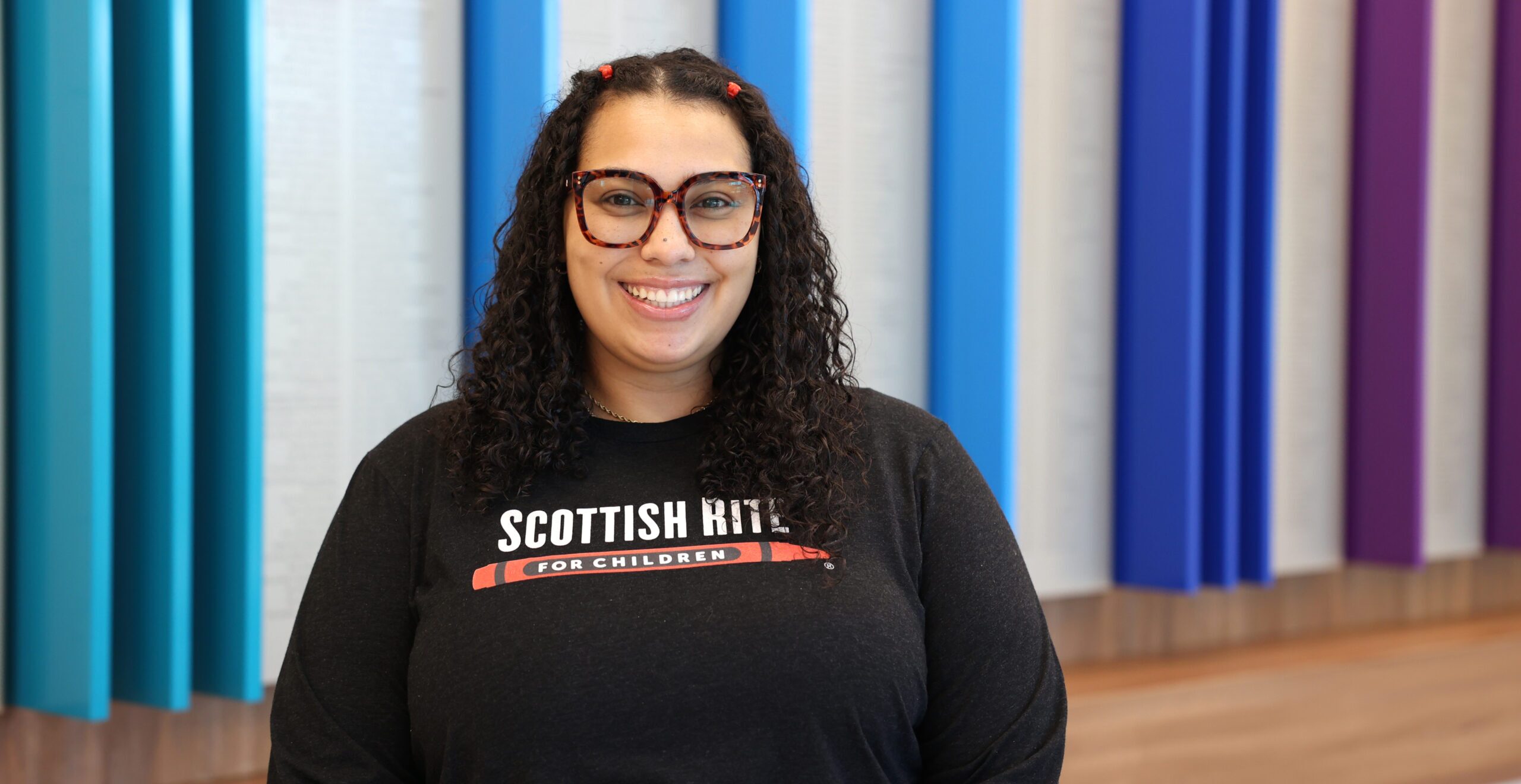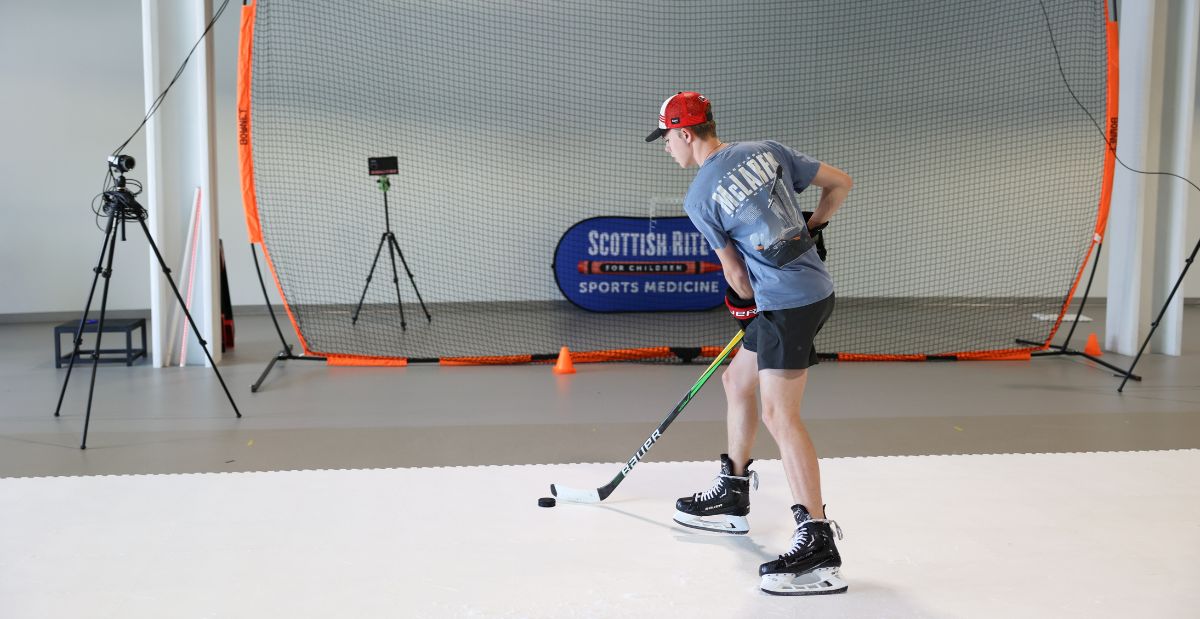Spinal Fusion
The most common surgery performed to treat scoliosis is called a spinal fusion. In a spinal fusion, the curved vertebrae are fused together to create a single, solid bone. This stops the growth in the abnormal part of the spine and prevents the curve from worsening. Metal rods attached by screws are used to hold the spine in place until the bone heals. In all spinal fusions, a bone graft is used to help promote the fusion and the bones grow together to create one solid bone.
- Patients who have a spinal fusion will see an immediate improvement in the curve of their spine. This surgery also prevents the spine’s curve from progressing over time.
- Most patients have a recovery period of about six weeks, during which some activities like bending or heavy lifting must be limited.
- Following a spinal fusion, most patients can return to their normal activities after recovery, which usually is about four to six months.
- In most cases, patients who undergo a spinal fusion do not require any additional surgeries.
Vertebral Body Tethering (VBT)
VBT is a surgical treatment for idiopathic scoliosis in growing children. This surgery technique uses a strong, flexible cord that is attached to the spine with screws and anchors and as a child grows, their spine will straighten over time. The cord encourages the spine to straighten as the patient grows. Vertebral body tethering is a growth modulation treatment that takes advantage of the spine’s natural growth. Growth modulation means modifying the normal growth patterns through tethering. The tether is placed along the curved side of the spine. This tether is used to slow down the growth of the curved side of the spine while the untethered side continues to grow. By using a tether, the spine can continue to bend and flex. It is not a fusion procedure which is an advantage of pursuing this treatment.
- VBT is an ideal treatment for children with idiopathic scoliosis who have curves of 30 to 65 degrees and who have significant bone growth remaining.
- Unlike a spinal fusion, VBT allows for greater mobility and flexibility of the spine.
- VBT surgery is less invasive than a spinal fusion and involves a shorter recovery time. In most cases, patients can return to most activities within three to four weeks after the surgery.
- Unless a concern with the tether develops, the implants will not need to be removed once placed by the surgeon.
MAGEC (MAGnetic Expansion Control) System ®
A MAGEC rod is a growing device technique used for patients diagnosed with early-onset scoliosis (EOS) – children under the age of 10. In comparison to a spinal fusion, this is a less invasive, innovative treatment that reduces the number of surgeries a child must undergo. Once the surgery has been performed and the MAGEC rod is in place, the back must heal for about four to six months. Once the spine has healed, then the patient will return to the clinic for his or her first lengthening session. During lengthening, the physician will use a magnetic wand to locate the magnets inside the MAGEC rod and make a mark on the back. Using an External Remote Control (ERC) device, the doctor will then lengthen the rod with a noninvasive adjustment. An X-ray or ultrasound of the spine is then used to confirm the procedure’s success.
- The MAGEC rod is ideal for patients under the age of 10 who have a curve approaching 50 degrees and other forms of treatment (i.e. bracing, casting) have not been successful.
- Children may need several lengthening sessions over time to achieve proper results.
- During the ongoing lengthening sessions, children may remain active and continue all their favorite activities.
- Lengthening sessions do not typically cause pain and additional surgeries are not usually required.
Each surgical technique has different uses and not all types of surgery will be the right fit for every patient. It is important to discuss all treatment options with your doctor to learn what will work best for your child.
Learn more about scoliosis treatment and surgery at Scottish Rite for Children.




